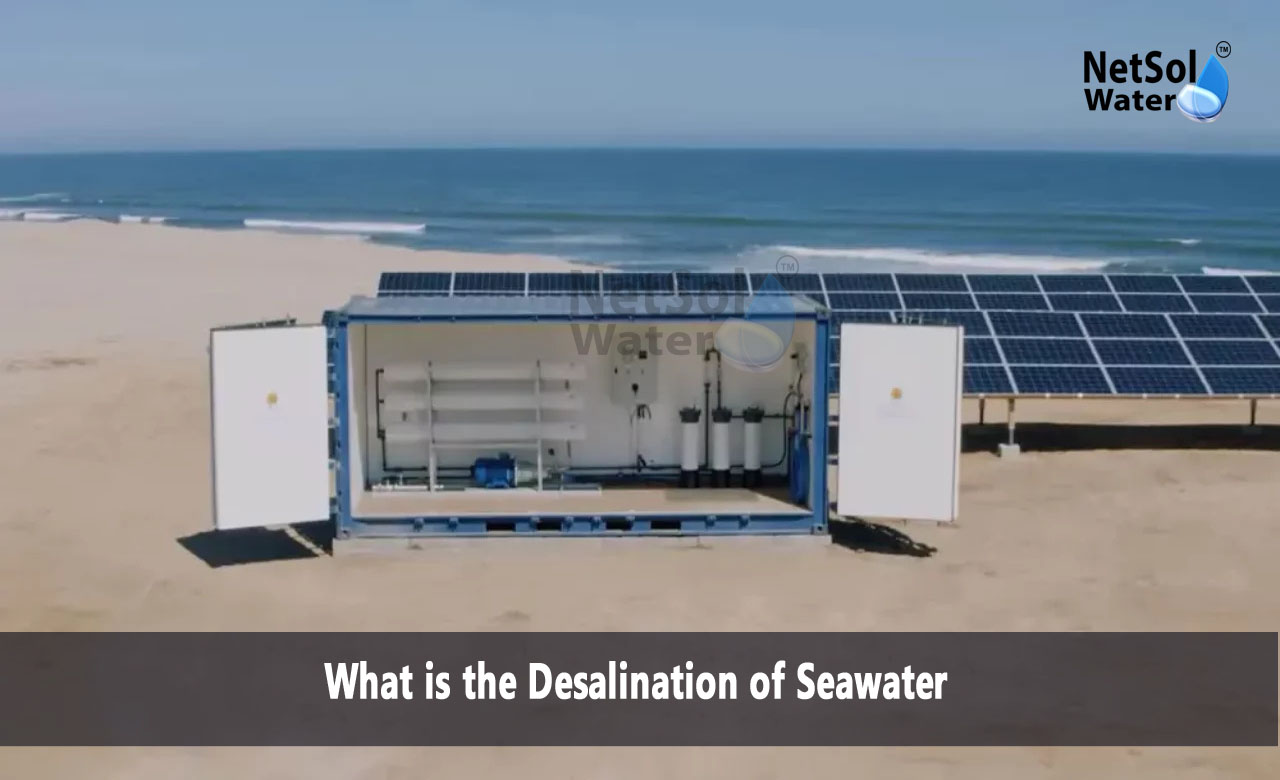What is the Desalination of Seawater?
Fresh water does not cover most of our planet. People live near oceans but they cannot drink salty water. Desalination of seawater offers a solution for areas that lack fresh water. Netsol Water leads the field in manufacturing systems that turn sea water into safe drinking water. We design units that fit cities and homes alike. We will explain how desalination works and why many regions now use it. We show you methods from old style distillation to modern membranes. We trace trends around the world and offer tips for small scale and emergency use. You will learn how engineers pressurize water through membranes and how sunlight can power simple stills. You will see why reverse osmosis took the lead. You will also find out if you can make fresh water at home in a survival setting.
Where Is Seawater Desalination Used?
Desalination solves fresh water gaps in dry regions. Let us have a look at some common uses.
Middle East and North Africa
Deserts cover large areas there. Cities sit near coasts yet lack rivers and lakes. Desalination plants supply homes and farms.
Remote Stations and Islands
Scientists build outposts in the Arctic and space researchers need fresh water too. Small solar stills or mobile units keep them supplied.
Marine Vessels
Ships cannot carry enough water for long voyages. They use onboard distillers or RO units to make water from the sea.
These sites illustrate why turning seawater into fresh water matters.
Read: What is Desalination technology
Desalination Methods
Engineers rely on a few main ways to strip salt from water. Let us have a look at some key methods.
Thermal Distillation: This process mimics the natural water cycle. Water heats until it boils. Steam rises and leaves salt behind. The steam then cools and drips as pure water.
Membrane Processes: Modern plants push water through films that block salts. They work at room temperature. They use pressure to drive water across tiny pores.
Less Common Methods: Freezing can separate fresh ice crystals from salt brine. Ion exchange uses resin beads to swap salt ions with harmless ions. These methods see less use.
Each method plays a role in meeting different needs and budgets.
Membrane Desalination Technologies
Membrane systems now lead the industry. Let us have a look at some top processes.
Reverse Osmosis: Plants force water under high pressure through a semi?permeable sheet. Water passes while salts stay behind. RO handles large volumes with good energy use.
Membrane Distillation: This hybrid method warms water on one side of a membrane. Vapor travels across and condenses on the cool side. It takes less heat than pure distillation.
Electrodeionization: This approach combines resin membranes with electric current. It strips out remaining ions to make ultra?pure water for labs and industry.
Engineers choose membranes by speed needs and power budgets.
Current Global Desalination Trends
Desalination grew fast over recent decades. Let us have a look at some shifts and numbers.
Growth in Reverse Osmosis
RO now makes most of the world’s desalinated water. Plants in Asia and the Middle East lead the count.
Shift from Thermal Methods
Until the 1980s thermal distillation reigned. Now it shares space with energy?saving membrane units.
Regional Data
North Africa and the Middle East hold nearly half of all plants. East Asia and North America follow with growing fleets.
These trends show how the field moved toward lower cost and lower energy use.
Is Home Desalination Possible?
People may need fresh water when disaster strikes. Let us have a look at some DIY options.
DIY Distillation
You boil seawater in a pot and collect steam through a tube. The steam cools and drips as drinkable water in a separate container.
Home RO Units
Small reverse osmosis filters can fit under a sink. They work on seawater but need a strong pump and periodic membrane changes.
Freezing Method
You freeze a batch of ocean water. The ice crystals form first. You harvest the outer ice and leave behind salty brine.
These methods serve in an emergency. They lack the speed and volume of factory plants.
Conclusion
Desalination of seawater meets the urgent need for fresh water in many parts of our world. Netsol Water remains a leading manufacturer of systems for large plants and home use. We guide you from design through installation and maintenance. Reach out to Netsol Water for more information or to request a consultation. Let us help you bring fresh water to your site through proven desalination solutions.
Contact Netsol Water at:
Phone: +91-9650608473, Email: enquiry@netsolwater.com



